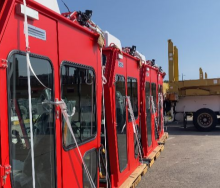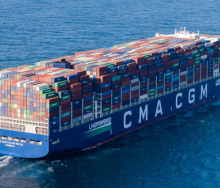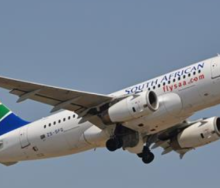Global container port throughput saw notable growth in the first half (H1) of 2024, according to the latest Cargo Movement Update, compiled by the South African Association of Freight Forwarders and Business Unity SA.
Using data aggregated by shipping platform Alphaliner, the growth is based on increased demand and stockpiling in anticipation of potential supply chain disruptions.
Foremost of these is the ongoing labour dispute in Canada, after the two largest freight rail companies, the Canadian National Railway and Canadian Pacific Kansas City, locked out about 9 300 workers after failing to reach new contract agreements with the Teamsters Canada Rail Conference union.
While the impact of the rail freight workers’ dispute ripples south of Canada’s border, affecting US supply chain dynamics, a port workers’ strike in Germany has entered the fray of labour market disruption.
The latest union volatility comes after the German trade union ver.di rejected a collective remuneration offer by the German Seaport Operators union.
And although crunch-inventorising is driving stockpiling in anticipation of supply chain disruption on the back of strike action, driving growth figures, global freight data is buoyed by China’s current domination of global trade.
According to the Cargo Movement Update, China’s share of container volumes at the world’s top 100 seaports rose to 41.3% in 2023.
In South Africa, the Port of Durban also experienced growth, handling 1.29 million TEU, a 2.2% year-on-year increase.
Maritime trade advisory Drewry predicts H2 to be strong container manufacturing for the rest of 2024, with significant production driven by high export demand from Asia and extended voyages.
However, global port congestion remains a challenge, impacting supply chain fluidity.
Container freight rates have decreased for the fifth week, with further declines expected, especially on Asia-Europe and Transpacific routes.
Despite these challenges, carrier earnings are expected to rebound in the third quarter of 2024, although performance varies, with Asian carriers outperforming European peers.













